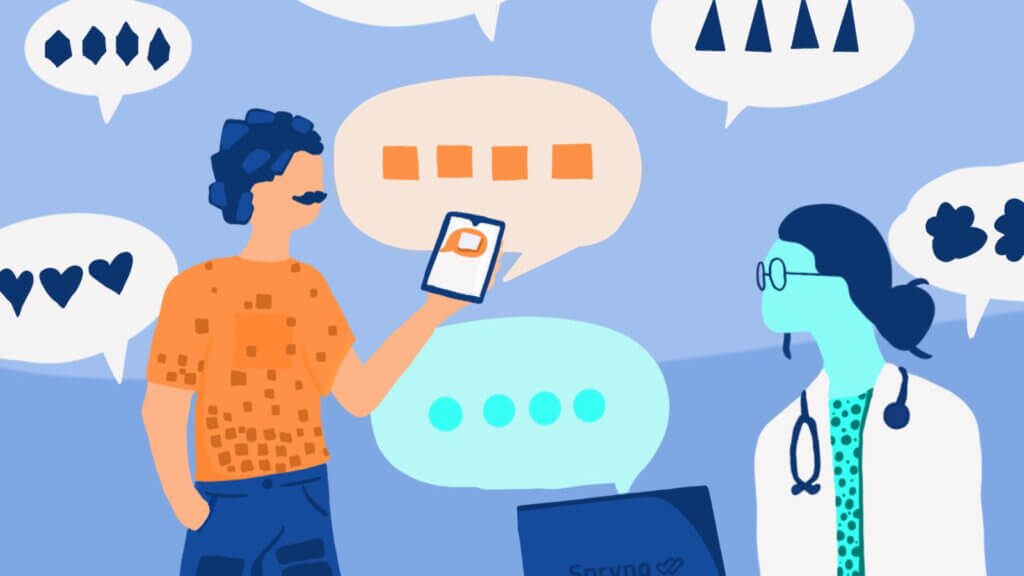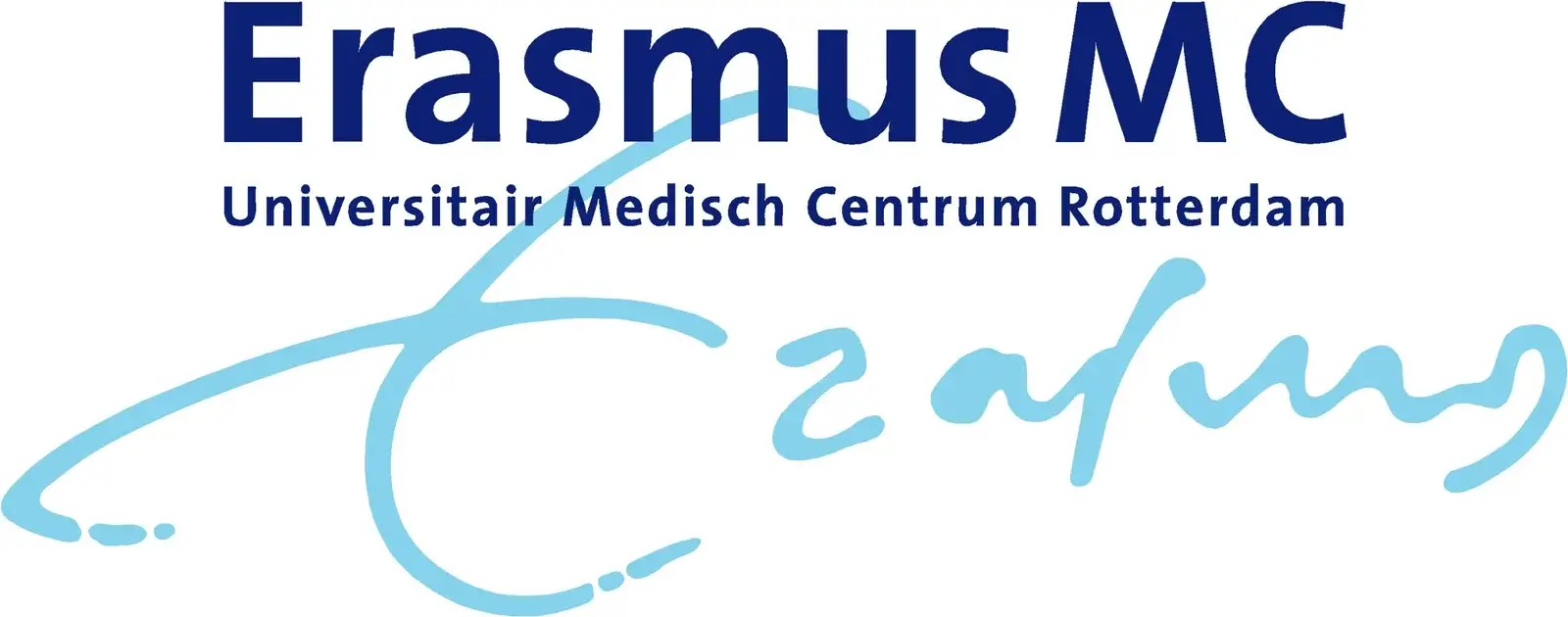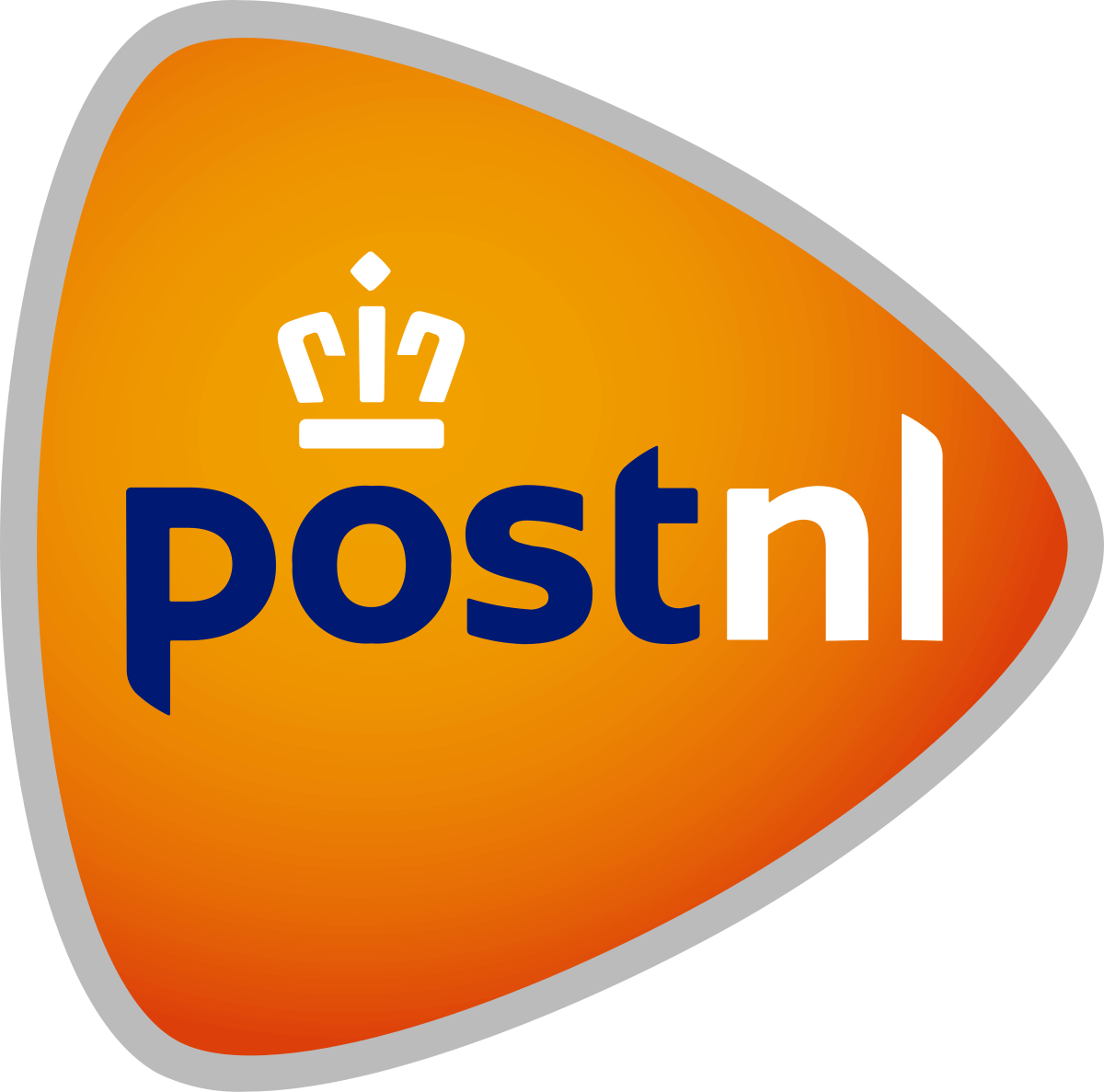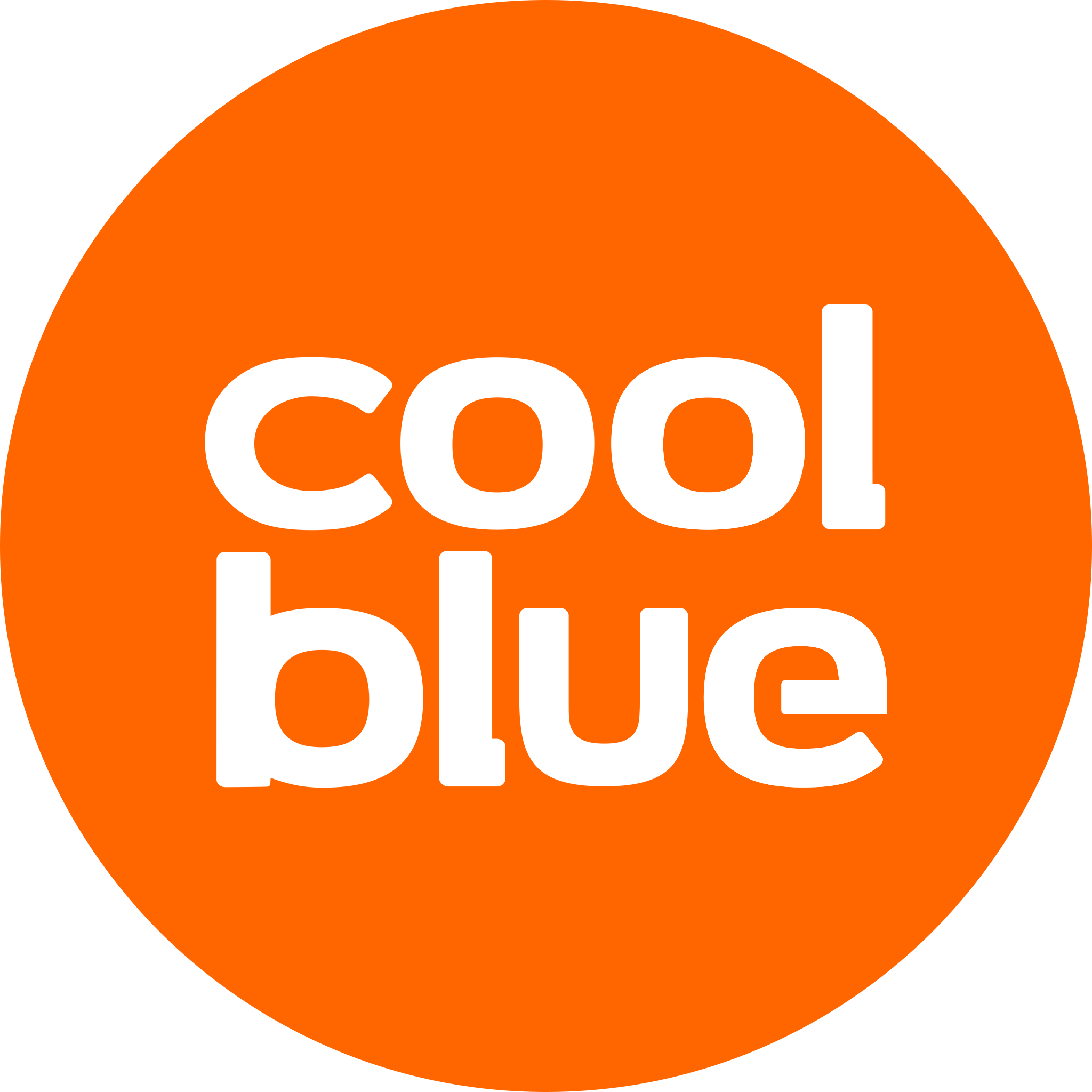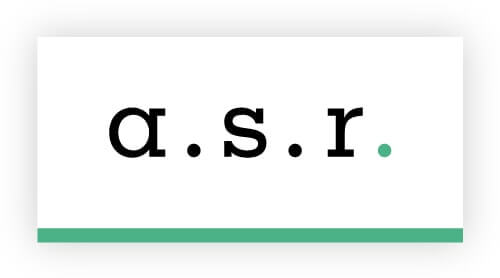The number of ‘no-shows’ in the healthcare sector has been steadily declining in recent years. That is a good development in which SMS has proven to be an indispensable instrument. But we’re not there yet; with a 70 per cent drop, there’s still 30 per cent to gain. Because every time a patient does not show up at an appointment, it costs healthcare institutions unnecessary time and money. Is there still room for further reduction? And what is the role of automatic SMS service in this?
SMS appointment reminder reduces no-shows
When it comes to reducing the number of ‘no-shows’ in healthcare, we in the Netherlands are on the right track. Compared to ten or fifteen years ago, the number of people who did not turn up for an appointment has fallen by around 70% on average. That’s a good thing, because every client who doesn’t turn up means wasted time and unnecessary costs for a healthcare institution. Costs that could be better spent on medical research and the treatment and guidance of patients. Therefore, sending a simple appointment reminder by SMS has proven to be an effective way to drastically reduce the number of ‘no-shows’. Many healthcare institutions already do this, and with success. You have an appointment on 5 July at 10.35 hours at the Radiology Department of Maasstad Hospital. See you then. A small message with great communication power. But what to do with those last 30 percent of ‘no-shows’? With the people who – consciously or unconsciously – do not turn up for their appointment with the practitioner, doctor or specialist?
How do you reach everyone?
Of course, every hospital and clinic would like to see the number of ‘no-shows’ reduced to zero. But the big question is: is this feasible? Can the drastically reduced number of no-shows in recent years be reduced even further? Can healthcare institutions save (unnecessary) costs and time? To answer these questions, we need to know more about the why. What are the reasons that people do not turn up for their appointments, even if they receive an appointment reminder by SMS? Language might be the answer. And could be a barrier to getting to a care appointment on time.
Language barrier: challenge in healthcare
More than 2.5 million people live in the Netherlands who grew up with a language other than Dutch. This makes our country much more diverse than it was 50 or even 30 years ago. This trend is expected to continue in the coming decades; a growing number of inhabitants have a non-Dutch language background. This means that healthcare institutions, too, come into contact with an increasing number of patients for whom Dutch is not their first language. All these patients with many different language backgrounds pose a great challenge in healthcare, where careful communication is extremely important, sometimes even a matter of life and death. Healthcare institutions are already making great efforts to overcome these language barriers. For example, flyers, instruction leaflets for medicines and all kinds of written instructions are often offered in several languages. But more can be done.
SMS in the patient’s language
By sending an SMS with appointment confirmation and appointment reminder in the patient’s or client’s native language, you increase the chance that the SMS is actually read. And that prevents people from forgetting or misunderstanding their appointments. A healthcare organisation that sends appointment confirmations and reminders in several languages reaches a larger group of people at the right time. For example, just before the appointment is scheduled, as a reminder. So that the appointment is not forgotten. So receiving an SMS in the language you speak best means a lot:
For the care institution:
- Effect and service
The communication is more effective and offers a better service to a larger group of patients.
- Decrease of ‘no-shows’
By adapting the language to the person receiving the SMS, you increase the effective range of the SMS and further reduce the number of ‘no-shows’.
- Care staff are less burdened
Fewer ‘no-shows’ also mean fewer follow-up calls, fewer new appointments and fewer rooms and people kept free (for nothing). And your staff will be pleased, as it eases an already high workload for the healthcare staff.
- Inclusion
Multilingual SMS messages also fit well in a policy where inclusiveness and diversity are high on the agenda (and that is the case in more and more companies and institutions).
And for the patient or client:
- Better service
The message is better read and understood, so there is a much smaller chance of forgetting the appointment.
- Greater Understanding
The patient experiences that his or her specific situation is taken into account.
- Enhanced appreciation
This ‘personal’ approach gives the patient more confidence in good care and more appreciation for the healthcare institution where the appointment takes place.
SMS supports foreign characters
How does it work, sending automatic SMS messages in another language? That is a rather technical story (that we would be happy to explain to you), but for the users of SMS services, in this case healthcare institutions, it is simple. In most cases you use the normal alphabet (A to Z) when sending an SMS message. This is of course supported in all SMS messages. But in certain languages, such as Arabic, you have to deal with very different characters and numbers. The automatic ‘unicode recognition’ in the REST API recognises these ‘foreign’ characters in the system and shows these characters as they should be (instead of a translation into strange, unreadable icons that appear in your SMS message). This way, the recipient of the SMS message always gets the text correctly and legibly displayed.
SMS with ‘unicode recognition’
How does a healthcare institution gain access to this ‘unicode recognition’? That is simple too. Your SMS provider can ensure that the extra language function is enabled when sending your SMS notifications. That way every SMS message always arrives in the original characters. If the ‘unicode recognition’ is not enabled, the system will turn the text into unreadable characters. Please note that an SMS in another language is up to 70 characters long (in Dutch this is 160 characters).
SMS service: affordable and efficient
The last ‘no-shows’ that the healthcare sector unfortunately still has to deal with will probably never be able to be reduced to zero. Not even with SMS. But we can increase the proven impact SMS has on reducing the number of ‘no-shows’. By sending an SMS in the patient’s own language. That’s another step in the right direction and in reducing the number of ‘no-shows’. Because if you compare the costs of sending an SMS with the costs of a ‘no-show’ per healthcare provider, the calculation quickly works out in favour of SMS. With appointment reminders via SMS (in Dutch or one of the many other languages spoken in our country), you are not only doing your organisation (as a healthcare provider) a big favour, but also your patients, healthcare insurers and the government.
Global reach with SMS
The languages needed for an effective SMS differ, of course, from one healthcare institution to another. But this need not matter when using SMS for appointment reminders and confirmations. The SMS API of Spryng, for example, is available in all 111 languages spoken in the Netherlands. Even foreign numbers receive the SMS messages without any problems, because Spryng has a global reach with over 1.000 connections in almost 200 countries.
Security first
In addition to the low threshold of SMS, security when sending data – especially in the healthcare sector – is an important aspect. For healthcare institutions, only 100 percent GDPR proof is good enough for the security and safety of your data. Spryng is the only SMS provider in Europe that is ISO 27001 and NEN 7510 certified. This means that the safety of your data is in good hands. Our working method meets the highest security standards. All data is encrypted during transmission (SSL certificates) and at rest (disk encryption for database storage). And you decide how long data is stored. Our private clouds are located in Europe, providing additional support for data protection, identity and access management, infrastructure security, threat detection, monitoring, compliance and data privacy. Find out more about security here.
The effect of (multilingual) SMS service
The moral of this story? Healthcare providers who choose to use SMS to reduce the number of ‘no shows’ can work even more effectively by offering their patients an SMS message in the correct language. Ticking the first and second language in the electronic patient record (EPD) can really make a difference in the last ‘no-shows’ in healthcare. Because you reach a larger group with the same SMS because it is read better. That is the power and simplicity of SMS.
Free SMS test account
Try out for yourself how easy SMS service for healthcare institutions is with a free test account at Spryng. You can create an account quickly and for free here. Do you prefer an immediate quote? That is also possible. You can request a quote here. We are also at your service for other questions. Our service is available 24/7. And because we like to work effectively ourselves, Spryng also offers you the possibility to communicate with us in several languages (although a little less than the 111 offered by our SMS service).

